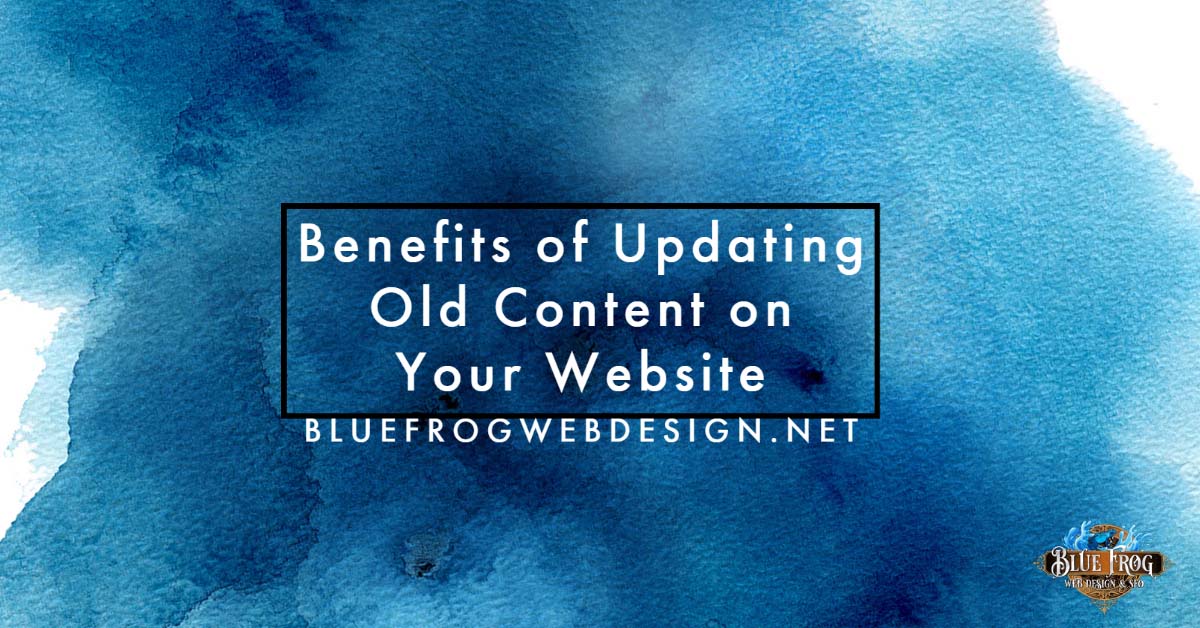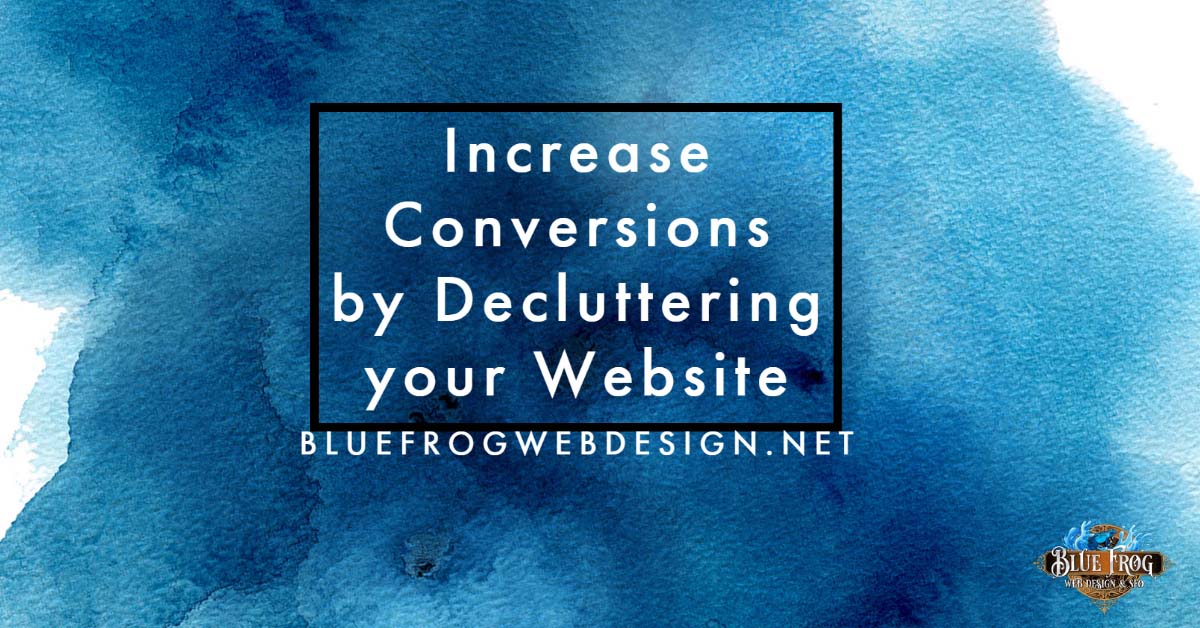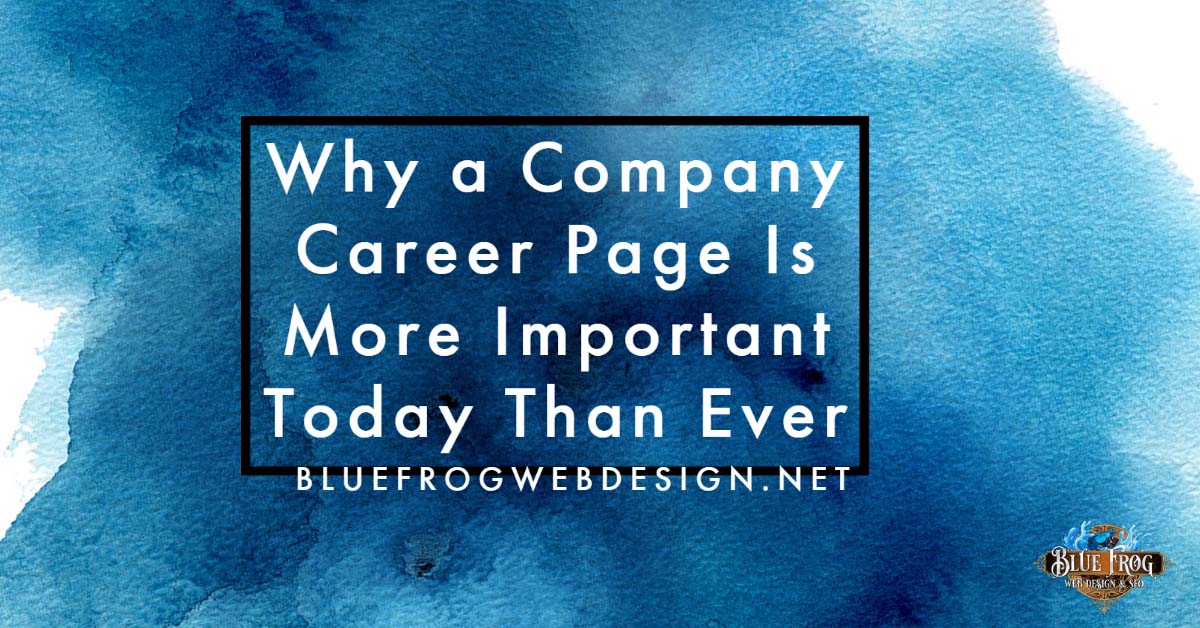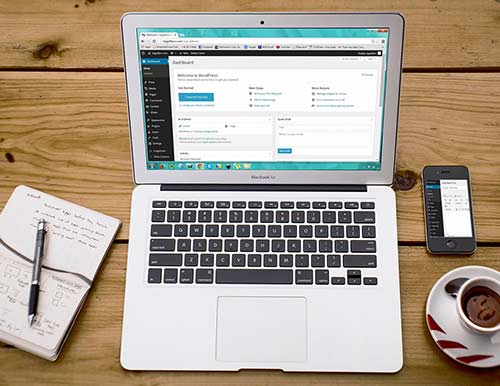Revolutionizing the Game: The Surprising Reason Behind WordPress’ Endless Stream of Updates!

The Importance of WordPress Updates
WordPress updates are essential for improving its functionality, security, and user experience. Without updates, WordPress would not be able to keep up with the rapidly evolving web standards, and websites built on WordPress would become outdated and less secure. Here are some reasons why WordPress updates are important:
Importance of Updates for Better Performance
WordPress updates improve website performance by fixing bugs and optimizing code. These updates help to ensure that your website loads quickly, runs smoothly, and provides a seamless user experience.
Importance of Updates for Enhanced Security
WordPress updates are also essential for enhanced security. Cybersecurity threats are on the rise, and websites are prime targets for hackers. WordPress updates address security vulnerabilities, ensuring that your website is protected against attacks and your users’ data is kept secure.
Importance of Updates for Better User Experience
WordPress updates improve the user experience by providing access to new features and functionalities. These updates help to keep your website fresh and up-to-date, ensuring that your visitors have a positive experience on your website.
The Reason Behind WordPress’ Endless Stream of Updates
So why does WordPress get so many updates? There are several reasons behind WordPress’ endless stream of updates:
WordPress’ Commitment to Improvement and Innovation
WordPress is committed to improvement and innovation. Its developers are constantly working to improve the platform’s features and functionalities, ensuring that it stays ahead of the curve.
The Open-Source Nature of WordPress
WordPress is an open-source platform, which means that anyone can contribute to its development. This open-source nature allows for a vast community of developers to contribute to WordPress, ensuring that it remains up-to-date with the latest web standards.
The Need for Compatibility with Evolving Web Standards
The web is constantly evolving, and web standards are always changing. WordPress updates are necessary to ensure that the platform remains compatible with these evolving web standards.
The Importance of Addressing Security Vulnerabilities
WordPress is a prime target for hackers, and security vulnerabilities are constantly being discovered. WordPress updates address these security vulnerabilities, ensuring that your website is protected against attacks.
Types of WordPress Updates
WordPress updates come in three different types: major updates, minor updates, and security updates.
Major Updates
Major updates introduce significant changes to the WordPress platform, such as new features or a major redesign. Major updates usually come with a new version number (e.g., from WordPress 4.0 to WordPress 5.0).
Minor Updates
Minor updates usually include bug fixes and minor improvements to the WordPress platform. These updates typically come with a new version number (e.g., from WordPress 5.1 to WordPress 5.2).
Security Updates
Security updates are released to address security vulnerabilities discovered in the WordPress platform. These updates are critical for ensuring that your website is protected against cyber threats.
How to Update WordPress
Updating WordPress is a straightforward process, and can be done in a few simple steps:
Step 1: Backup Your Website
Before updating WordPress, it is essential to back up your website to avoid any data loss or corruption. There are various plugins available that can help you with this task, such as UpdraftPlus or BackupBuddy.
Step 2: Check for Compatibility
Before updating WordPress, check if your theme and plugins are compatible with the new version. You can check this on the developer’s website or contact the developer directly.
Step 3: Update WordPress
To update WordPress, go to the Dashboard and click on the ‘Updates’ option. You will see the available updates for WordPress, themes, and plugins. Click on the “Update Now” button to start the update process.
The Benefits of Updating WordPress
Updating WordPress has numerous benefits for your website and business. Here are some benefits of updating WordPress:
Improved Website Performance
Updating WordPress improves website performance by fixing bugs and optimizing code. This ensures that your website loads quickly and runs smoothly, providing a better user experience.
Enhanced Security
Updating WordPress is critical for enhanced security. Security vulnerabilities are constantly being discovered, and updates address these vulnerabilities, ensuring that your website is protected against attacks.
Access to New Features
Updating WordPress provides access to new features and functionalities. These updates keep your website fresh and up-to-date, ensuring that your visitors have a positive experience on your website.
The Risks of Not Updating WordPress
Not updating WordPress can have severe consequences for your website and business.
Here are some risks of not updating WordPress:
Increased Vulnerability to Cyber Attacks
Not updating WordPress leaves your website vulnerable to cyber attacks, which can result in data loss, corruption, and reputational damage.
Reduced Website Performance
Not updating WordPress can result in reduced website performance due to outdated code, which can negatively impact user experience.
Compatibility Issues
Not updating WordPress can lead to compatibility issues with themes and plugins, resulting in broken functionality and reduced website performance.
Best Practices for Updating WordPress
Updating WordPress can be a daunting task, but following best practices can make the process more manageable. Here are some best practices for updating WordPress:
Backup Your Website Regularly
Regularly backing up your website ensures that you have a recent copy of your website in case of data loss or corruption.
Check for Compatibility
Before updating WordPress, check if your theme and plugins are compatible with the new version to avoid compatibility issues.
Update WordPress Regularly
Regularly updating WordPress ensures that your website stays up-to-date with the latest features, functionalities, and security measures.
Test Your Website After Updating
After updating WordPress, test your website to ensure that everything is working correctly and that there are no compatibility issues.
Conclusion
In conclusion, WordPress updates are crucial for improving the platform’s functionality, security, and user experience. The reason behind WordPress’ endless stream of updates is its commitment to improvement and innovation, the open-source nature of WordPress, the need for compatibility with evolving web standards, and the importance of addressing security vulnerabilities. There are three types of WordPress updates: major updates, minor updates, and security updates. Updating WordPress is a straightforward process and has numerous benefits, including improved website performance, enhanced security, and access to new features. Not updating WordPress can have severe consequences, including increased vulnerability to cyber attacks, reduced website performance, and compatibility issues. Following best practices for updating WordPress can make the process more manageable and ensure that your website stays up-to-date, secure, and user-friendly.






Need help with your updates?
Let us worry about the backups, updates, database optimizations, and the rest of the technical issues so you can focus on what you do.








